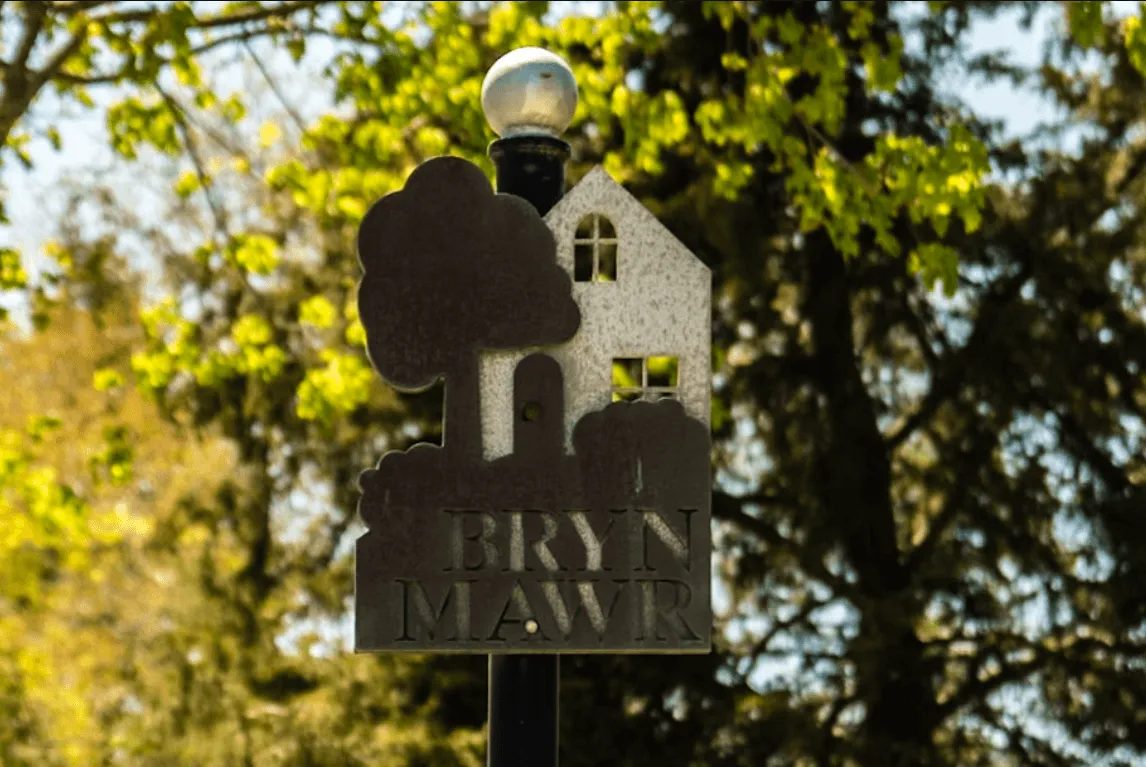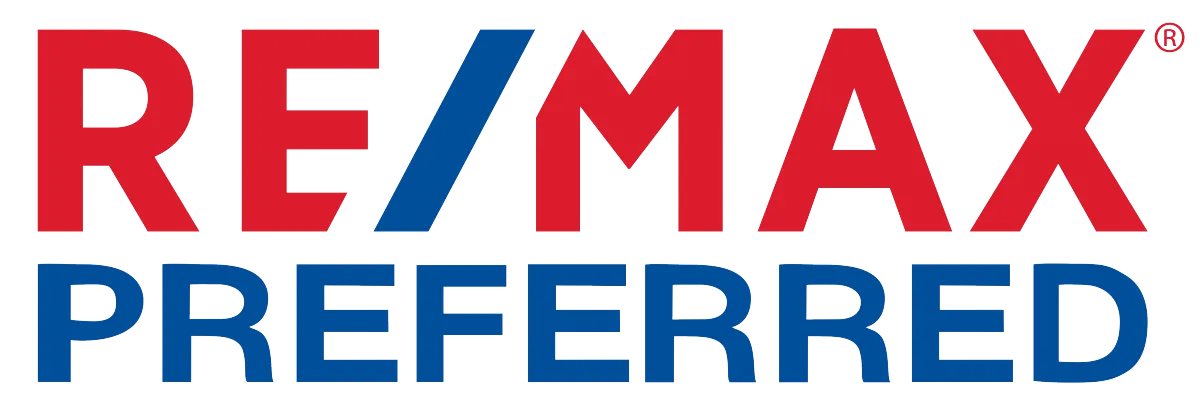
More Than a Neighborhood: Meet Bryn Mawr
A story about finding home on a big hill in Minneapolis
As your Out & About Realtor with REMAX Preferred, my favorite thing is to be active outside breathing fresh air and enjoying nature. And when I can combine that with exploring wonderful Minnesota neighborhoods, well, I'm on cloud nine. So these next few posts will be part of a really fun series – I hope you enjoy them too.
There's a moment, walking up Cedar Lake Road on an October morning, when the city noise falls away behind you like a coat slipping from your shoulders. The road curves, the trees lean in conspiratorially, and suddenly you're not in Minneapolis anymore—you're somewhere else entirely. Somewhere that feels like it was waiting for you.
The Welsh settlers who named this place knew what they were doing when they called it "Big Hill." Stand at the top of any of its sloping streets on a clear day and you can see why: the neighborhood tumbles down toward Cedar Lake in a cascade of rooftops and autumn-gold trees, each house settled into the hillside like it grew there naturally. But the view isn't what makes people stay. It's something else—something harder to name but impossible to miss once you feel it.
The Story of a Garden That Became a Suburb
Back in the 1880s, when Minneapolis was stretching its industrial muscles, Bryn Mawr became the unlikely "gateway to the west"—not through manifest destiny, but through rail yards. Big, clanging, smoke-breathing rail yards that brought workers who needed homes, and homes that needed a neighborhood, and a neighborhood that needed a soul.
The rail workers built sturdy houses with porches deep enough for summer evenings and windows positioned to catch the morning light. They planted gardens. They opened corner stores. They created what city planners now spend millions trying to replicate: a real community.
By the 1920s, something remarkable happened. As the rail yards quieted and the city grew, Bryn Mawr transformed itself into what locals called "The Garden Suburb." Not because someone decreed it, but because that's what it became—organically, authentically, one garden at a time. Today, nearly a century later, you can still feel that transformation in every block. The gardens are lusher now, the trees taller, but the spirit remains unchanged.

Where Coffee Shops Know Your Dog's Name
On any given Saturday morning at Cuppa Java, you'll find what I call the Bryn Mawr Parliament in session. It's an unofficial gathering—neighbors with newspapers, young parents juggling coffee and strollers, artists with sketchbooks, all united by the gravitational pull of good coffee and better breakfast sandwiches. The barista (who probably lives three blocks away) knows that Mrs. Henderson takes her latte with oat milk now, and that Tom's golden retriever is named after Garrison Keillor.
This is the genius of Bryn Mawr's local businesses—they're not trying to be anything other than what they are. Big Hill Books doesn't need to compete with Amazon because it offers something Amazon never could: the owner who remembers you loved that last novel about Finnish immigrants and saved you a signed copy of the sequel. La Mesa doesn't need to be the trendiest restaurant in Minneapolis because their tamales taste like someone's grandmother is in the kitchen, possibly because she is.
These aren't just businesses; they're the neighborhood's living room, extended into public space.

Houses With Stories in Their Bones
Every house in Bryn Mawr seems to have a story. The Victorian on the corner with the turret? Built in 1900 by a railroad executive who insisted on that wraparound porch so he could watch the sunset over Cedar Lake. The modernist cube with floor-to-ceiling windows? Designed in 2020 by an architect who grew up in a Bryn Mawr bungalow and came back to build her dream.
The neighborhood's architectural diversity reads like a timeline of Minneapolis itself:
Victorians with their dignified bearing and secret nooks
Tudors that look like they wandered over from an English village and decided to stay
Colonials standing straight-backed and symmetrical
Bungalows spreading comfortably across their lots like cats in sunshine
Contemporary homes that somehow manage to be boldly modern while respecting their vintage neighbors
What unites them isn't style—it's intention. These are homes built by people who planned to stay, who imagined their children running down these same hills, who planted trees they'd never see fully grown.

The Numbers Tell a Story Too
For those who like their poetry with a side of practicality, here's what the Bryn Mawr Minneapolis real estate market looked like in 2025 (January through September):
The range tells you everything: $326,000 to $1.7 million. That's not a neighborhood, that's a community that makes room for everyone. The young couple buying their first home (that 1900 Victorian with good bones and big dreams: $326K). The family that's been saving for their forever home (the typical 1925 two-story with updated everything: $540K). The executive who fell in love with the view (that architectural statement overlooking Cedar Lake: $1.7M).
Thirty-five homes changed hands in those nine months. Thirty-five families who chose character over conformity, community over convenience, stories over statistics.
Why Bryn Mawr Chooses You Back
Here's what the real estate listings won't tell you: Bryn Mawr is selective. Not in the exclusive, keep-people-out way, but in the way a good book finds its right reader. The people who thrive here are the ones who understand that a five-minute conversation with a neighbor over the fence isn't an interruption—it's the point. They're the ones who appreciate that the "inefficient" curving streets that make GPS systems weep are the same ones that slow life down to walking speed.
This is where artists set up studios in old garages, where teachers grade papers in coffee shops, where healthcare workers decompress in the 650-plus acres of green space that embrace the neighborhood like a grandmother's hug. It's where remote workers take their lunch breaks not at their desks but on the trails that wind through Theodore Wirth Park, returning to their home offices with leaves in their hair and clarity in their heads.
What's Coming Up Next
Next week, we'll explore those 650 acres that make Bryn Mawr feel like a secret garden hidden in plain sight. We'll walk the trails where city foxes trot past morning joggers, discover the sledding hills that turn adults into children every winter, and find the quiet spots by Cedar Lake where the city feels a thousand miles away.
But for now, imagine this: It's Sunday morning. You're walking to get coffee, and three neighbors wave from their porches. A kid on a bike calls out "Hey!" just because. Someone's planted sunflowers that lean over the sidewalk like they're trying to shake your hand. The church bells from St. Margaret Mary's mark the hour, and you realize you're not late for anything because, for once, there's nowhere else you'd rather be.
That's Bryn Mawr. Not just a neighborhood, but a way of being in the world.
Curious about making Bryn Mawr your home? Let's talk over coffee – I know just the place.
Let’s Find You a Bryn Mawr Home—Together
If you’re ready to start exploring homes for sale in the Bryn Mawr Neighborhood in Minneapolis—or just want to talk through your options—let’s connect.
Let’s start with a simple get-to-know-you phone call.
No pressure, no commitments—just honest answers and helpful guidance.
📞 Call or text me anytime: (612) 600-9540
🌐 Visit my website: https://angiesrealestate.agency
I’m Angie Groettum with REMAX Preferred—Your Out & About Realtor—and I’m here to help you find the place that feels like home.



